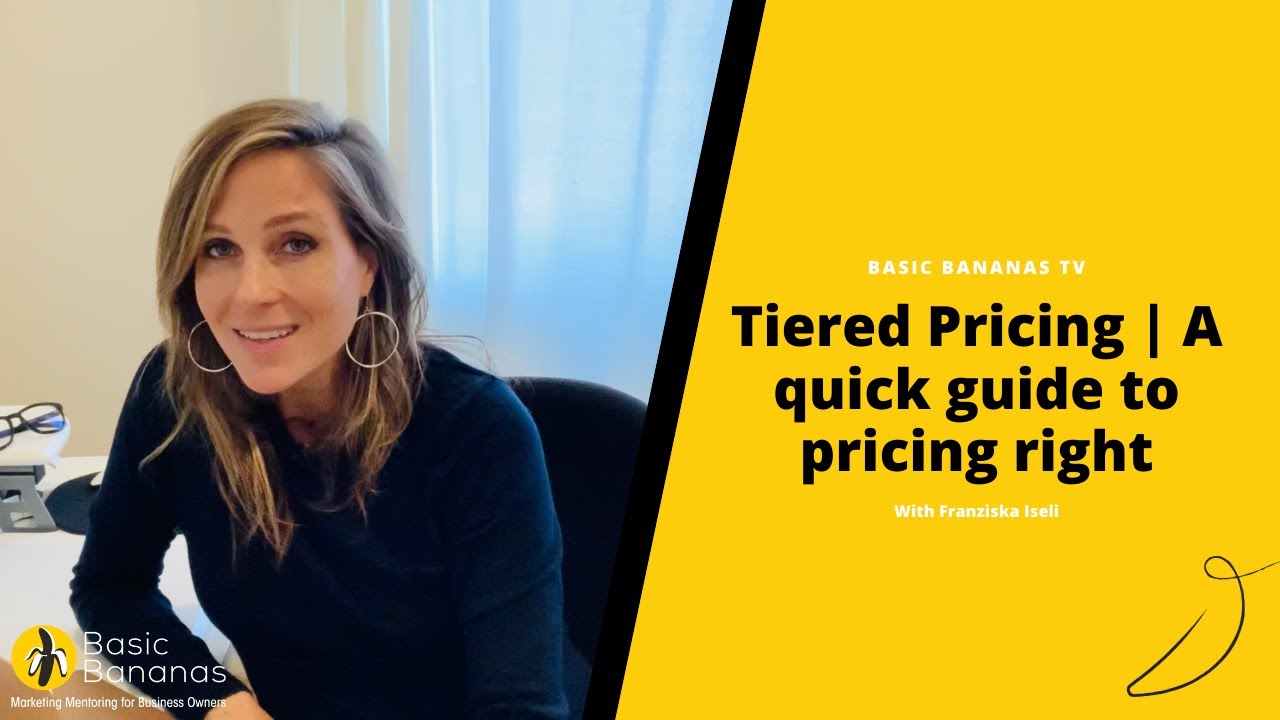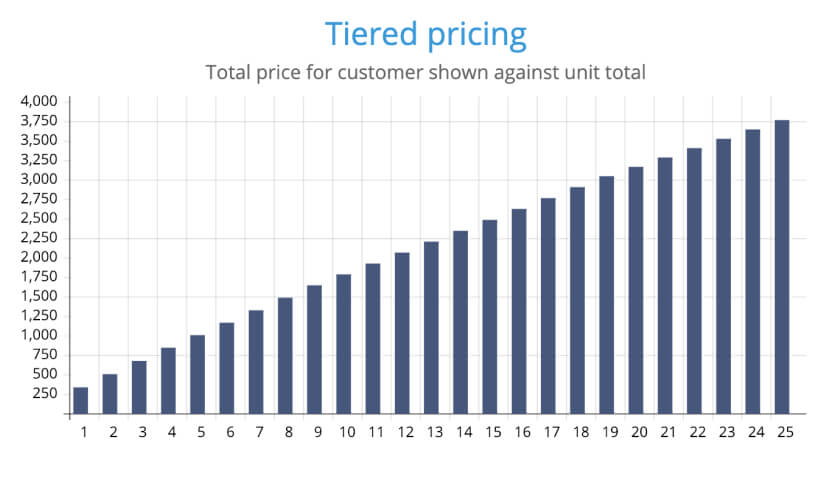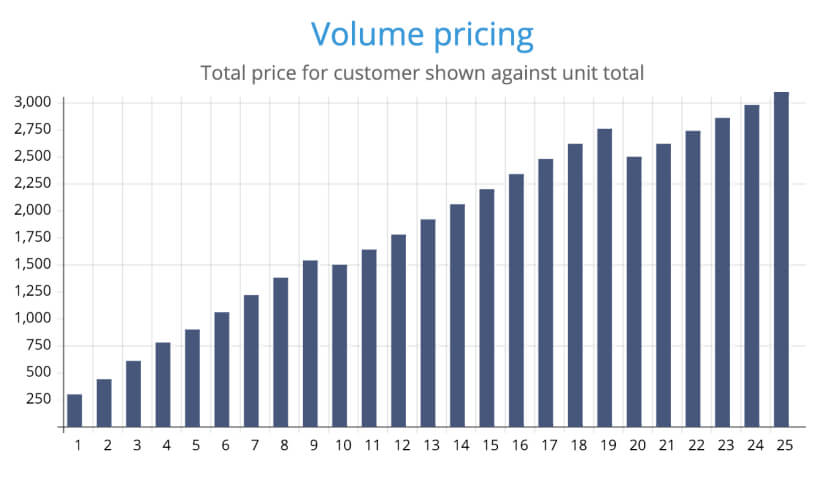Sellers must place a high value on listening to what their customers have to say about their products or services.Customers can be segmented into groups based on their demand and product prices can be optimized to fit their appetite for purchasing through tiered and customized pricing.
In addition to allowing you to segment your customer base, tiered pricingallows you to differentiate your product or service.As a result of having more options available, your businesswill be more appealing to a wider range of customers.

Tiered Pricing | A quick guide to pricing right 🪜
What Is A Tiered Pricing Model?
Sellers use tier pricing as a way to tailor the price of their products or services to their specific target markets.
You can reach a broader (and more diverse) customer base by catering to a wider range of demand rates and price points by optimizing and varying your offering across the various segments.
The following is an example of this:
Unit 1: $200.00
Units 2-4: $170 each.
Units 5 through 9: $160 each
Units 10-19 cost $140 each.
Units of 20 or more: $120 each
As you can see, a greater discount is applied to the units within the various tiers as the tiers (or the demand for your product or service) increase.As a result, customers are encouraged to purchase additional units because they will receive a discount for each additional unit purchased.Is there anyone who doesn't enjoy getting a deal?
Businesses and customers who have a high demand for your product can benefit from a quantity discount.Also, it's a good way to get smaller customers to boost their orders in order to get a piece of the action.
Tiered Pricing Vs. Volume Pricing
Let's take a moment to spell out exactly what these two pricing approaches mean.
Tiered pricing is simply - means setting a minimum order quantity before moving on to the next tier.
The tier's cost only applies to the units purchased there.
Volume pricing is simply – Selling your items or services in bulk.
Once a certain number of units have been sold, ALL of the remaining inventory will be marked down to the new, lower price.
The Benefits Of Tiered Pricing Model For SaaS Businesses
Using a tiered pricing model for businesses that sell licenses, seats, or the like is a popular option for software businesses.
Because fewer units are offered at a discounted rate with each tier, the seller of the product or service makes more moneywith the tiered pricing model than with the volume pricing model.Look at the following charts:
You'll never experience a loss of profit when using a tiered pricing model.Increases in sales have led to a steady rise in revenue.To illustrate this point, we present a second graph in which you can clearly see that the total price drops significantly when a discount threshold is crossed when purchasing a certain number of units, as shown in this graph.
Because of the volume pricing method, all units are offered at a significant discount.Because the discount has been applied to each of the 10 units, your profit falls below the level of 9 units when demand reaches its peak of 10 units.This is an excellent deal for companies purchasing large quantities of units, but it's a terrible deal for the seller.
However, revenue isn't the only consideration.Other benefits of this pricing model are ideal for SaaS companies in rapid expansion.Look at this:
- Appeal to a wider audience: by offering a variety of options for businesses of all sizes, budgets, and priorities, you'll be able to attract a wider audience.
- When you have a pricing model that caters to a wider range of customer needs, your conversion rate will also rise.
- If a company's circumstances change and they need to upgrade to a higher level or the allure of the discount prompts them to buy more in the first sale, then you have a higher chance of upselling.
- Customers will be happier if they have a more positive shopping experience thanks to more personalized pricing and offers, as well as possible discounts.
- It's easier for your sales team to win, and it's a better match for your specific target audiences if you focus on individual customers.
A businessthat uses tangible materials as a product, where inventory levels, storage, delivery schedules, and inventory control are all important, can benefit most from using volume pricing.When it comes to reselling excess inventory or selling large quantities of a product, volume pricing can be a real asset.
Final Thoughts
Pricing strategies can be changed at any time, which is a benefit.
It is possible to constantly improve pricing with accounting software that allows you to customize and automate pricing rules easily.
Using this method, you can experiment with different levels, prices, and the number of tiers to see what works best for attracting customers and maximizing your business revenue.

